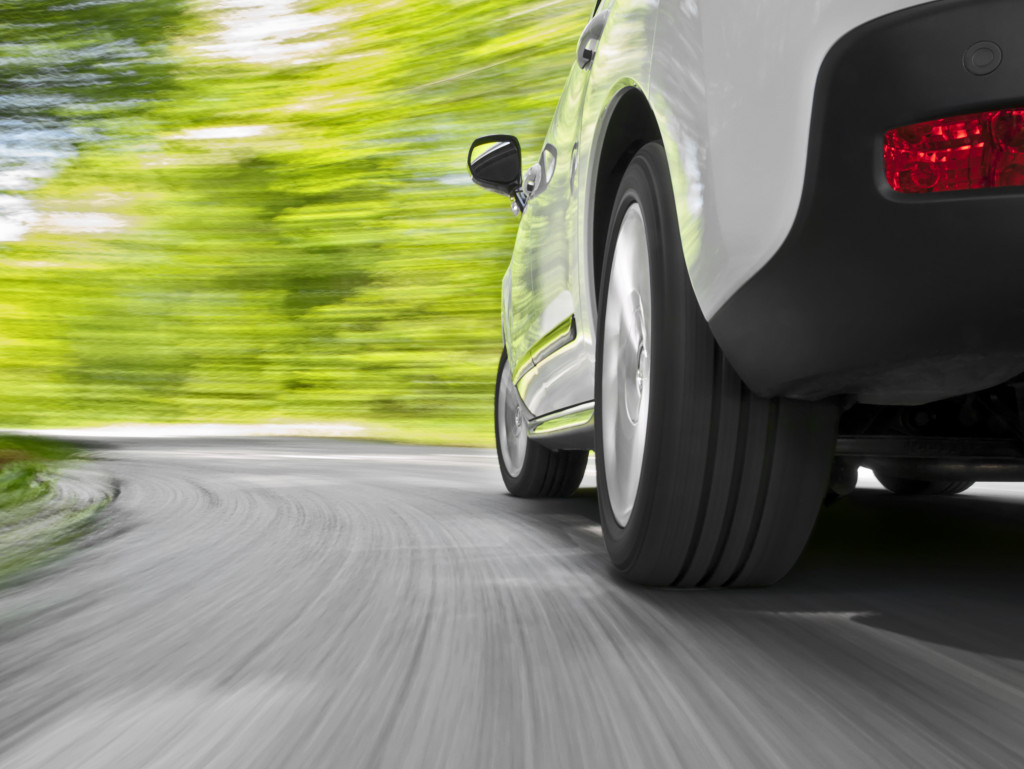There’s nothing quite like a road trip. The freedom of the open road, new sights, and sounds around every bend. It’s the perfect way to experience everything Mother Nature has to offer. But before you hit the road on your next great adventure, there are a few things you need to do to make sure your car is up for the journey. Here are five tips to get your car ready for a long drive vacation:
Get an Oil Change
You don’t want to be stranded on the side of the road with an overheated engine, so make sure you get an oil change before you go. Fresh oil helps to clean moving parts of an engine while dissipating heat, preventing a mechanical breakdown. Eventually, your engine will have issues if you don’t change your oil. The most common is that it becomes overheated and won’t run as well. If the heat doesn’t make a gasket blow, it can distort various engine parts.
The normal oil change used to be every 3,000 miles, but with modern lubricants, it is recommended to get one every 5,000 to 7,000 miles. An oil change is essential before going out on a long ride. Who wants to be stranded on the side of the road with a broken engine, right? Go to your mechanic or an oil change shop and get it done a few days before heading out.
Check Your Fuel Tank
Keeping your gas tank full is important. Not only will it help you avoid running out of fuel, but it will also help prevent moisture build-up in the tank. This will also keep gasoline fumes from accumulating to dangerous levels. Before you embark on a road trip, check your fuel level through the fuel gauge so that you are sure to have enough gas for the entire journey. If you are using diesel, it’s also a good idea to add diesel additives to remove water in the fuel tank. Water in your diesel fuel can lead to clogged filters and injectors, resulting in poor engine performance. Don’t wait until your car is running on fumes to fill up the tank.
Check Tires
Tire checks are an essential part of any pre-road trip checklist. The last thing you want to experience is a blowout on the highway due to underinflated tires. Use a reliable pressure gauge to check your tire pressure only when the tires are cold (i.e., the car has not been driven for at least three hours). You can find the correct tire pressure in the car owner’s manual, on the gas tank lid, driver’s side door edge, or door post. You should also check your tire balance regularly. An unbalanced tire will cause uneven and irregular wear, potentially leading to a blowout.
Be sure to properly maintain your tires before leaving on any road trip. Under-inflated tires can result in heat build-up and, eventually, a blowout. Check your tire pressure monthly and before every long journey for best practice.

Pack an Emergency Kit
You never know when you might need a first-aid kit or a set of jumper cables, so it’s always best to be prepared. Throw together a basic emergency kit and stow it in your trunk before you go. Here are the other things you need:
- Flashlight with extra batteries
- Tire repair kit and tire pressure gauge
- Reflective warning triangles/flares
- Extra oil, antifreeze, and other fluids needed for your car
- Blanket or space blanket
- Multi-tool set
- Spare tire
- Fire extinguisher
- Rain poncho
If traveling to a remote area, consider packing a tow rope and an emergency food supply. This could be the difference between getting back on the road quickly and being stranded in the middle of nowhere!
Plan Your Route
Before you embark on your road trip, take some time to map your route. Decide which cities you want to visit and plan your stops accordingly. This will help prevent any unwanted detours or wrong turns along the way. You can use a GPS or map program to get directions and plot the best route. You should also ensure you have plenty of snacks, drinks, and other supplies for your journey.
Planning your route will also give you an idea of how much time it will take to reach your destination. This can help you decide when and where to stop for the night. While planning, mark any gas stations or rest areas along the way so you won’t need to worry about running out of fuel or not having a place to rest your head. It is also best to find a route with plenty of nearby services for emergency repairs and parts should the need arise.
Don’t forget to research potential road hazards or closures. Before setting out, check for any current traffic alerts that could affect your routes, such as construction sites or natural disasters. Stay aware of the weather in different states and plan accordingly.
Finally, always remember to drive safely and enjoy the scenery! A road trip is an amazing way to see new places and bond with family or friends. Just take the necessary precautions and be prepared for anything. With some planning, you can have a fun, stress-free adventure! Happy road-tripping!

